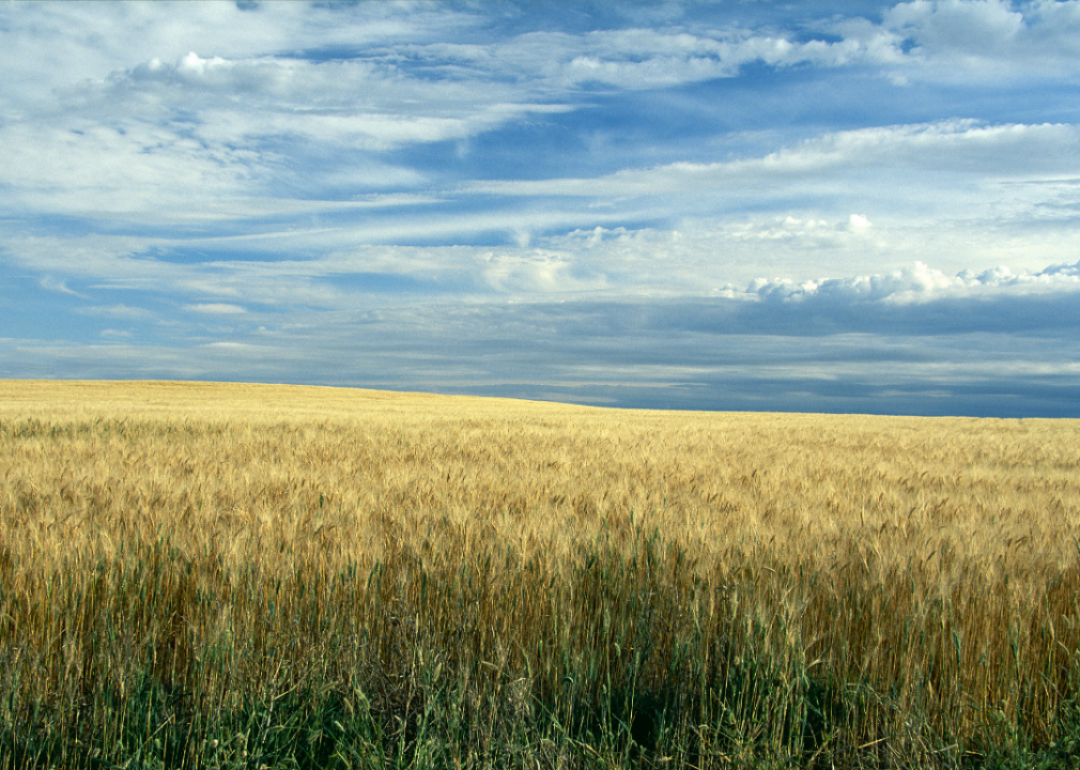
Counties with the most farmland in Ohio
Farmland across the U.S. is disappearing by the millions of acres each decade by some estimates as sprawling urban development driven by rising housing costs pushes further into rural pastures.
The farmland that still exists in the U.S. is heavily dedicated to growing plants that Americans can't consume—grass. That grass, accounting for more than 300 million acres now, feeds our livestock, provides sod for new development, and serves as a cover crop to protect soil health between harvests.
Demand for major crops like corn and soybeans to feed Americans is only forecast by the USDA to grow in the coming decade, and demand for U.S. agricultural exports is expected to grow similarly.
The COVID-19 pandemic dramatically changed the way people purchased and consumed food, placing renewed attention on an increasingly consolidated agricultural industry where family farms have been swallowed up by large food corporations.
And after shifting behaviors caused massive economic swings in the U.S. and elsewhere, the Russian invasion of Ukraine forced food producers to once again account for yet another shock with so much of the world's grain capital taken offline by warfare.
War and corporate interests aside, farms have also had to reckon with a changing climate. Wheat fields were once commonplace across the country, but drought conditions of late have caused farmers to give up growing the crop entirely. Agitated by climate change, the shortage of water in parts of the country coupled with higher interest rates and the ongoing war in Ukraine are making agricultural businesses harder to run profitably.
To illustrate where American farms still persevere, Stacker compiled a list of counties with the most farmland in Ohio using data from the Agriculture Department's Farm Service Agency. Farmers reported the data as mandated by participation in USDA income support programs, including Agriculture Risk Coverage and Price Loss Coverage as well as loan assistance. Counties are ranked by total acres of farmland.
In Ohio, there are 10,334,226 acres of farmland, with common soybeans being the most common crop.
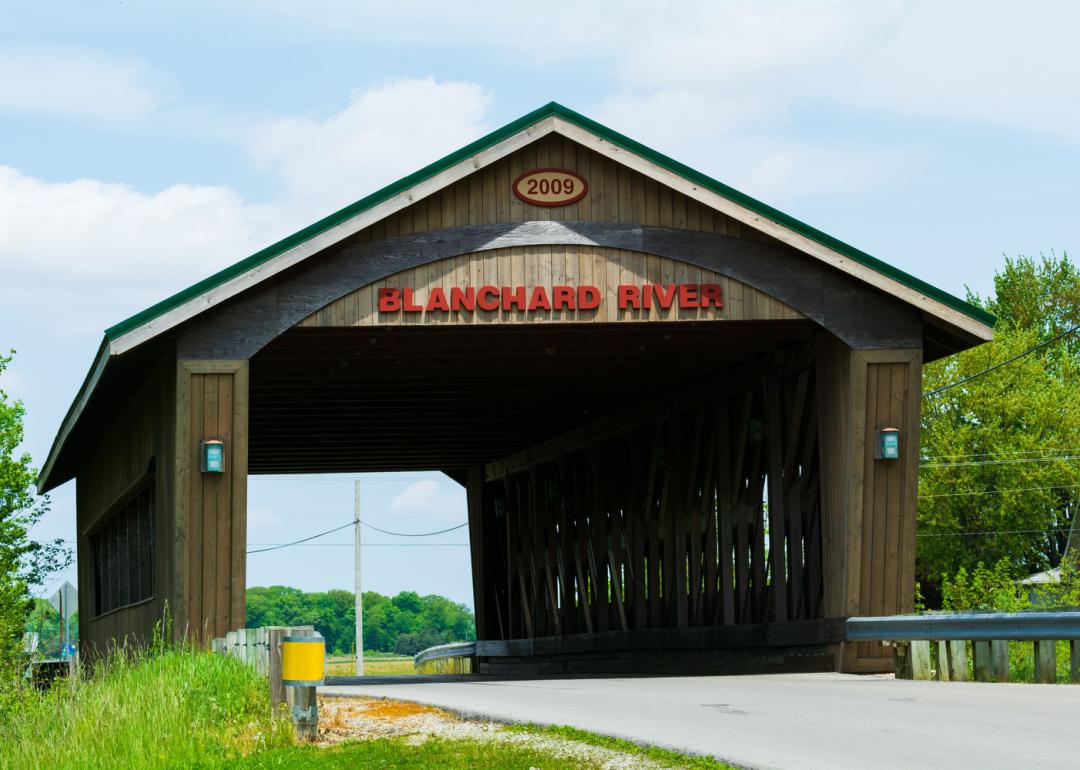
#25. Marion
- Farmland: 190,701 acres (1.8% of state total)
- Farms: 1,435
- Most common crop: Common soybeans (104,555 acres, 54.8% of county farmland)
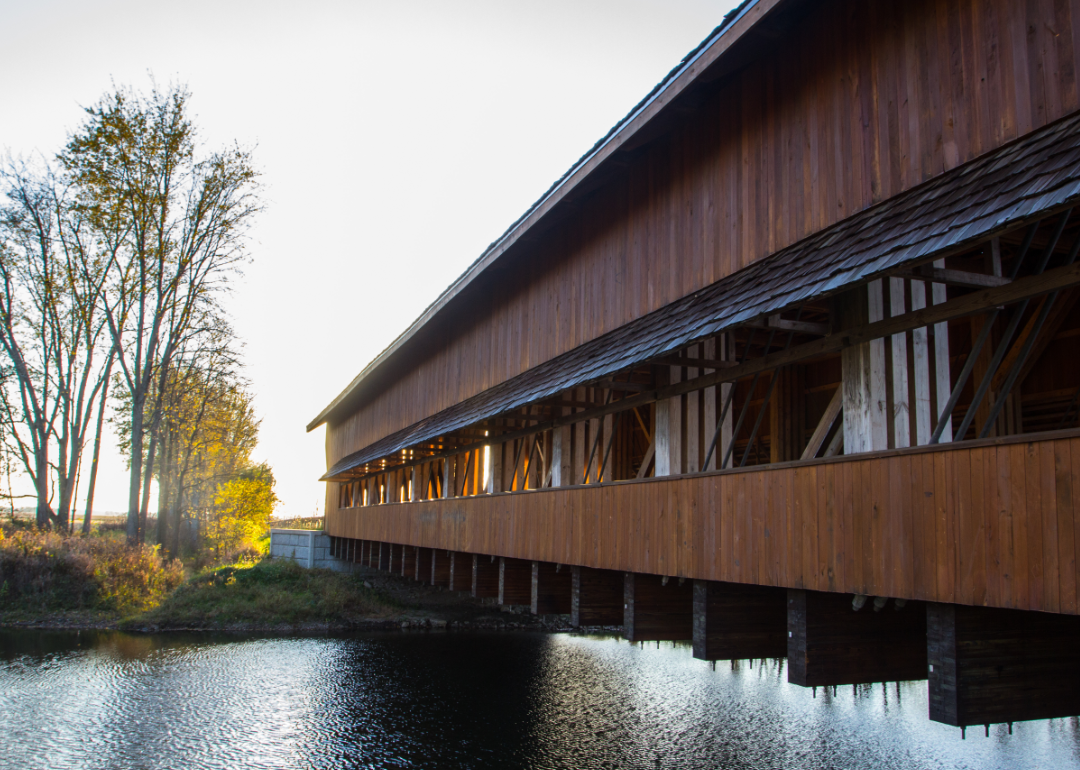
#24. Union
- Farmland: 191,189 acres (1.9% of state total)
- Farms: 1,662
- Most common crop: Common soybeans (104,220 acres, 54.5% of county farmland)
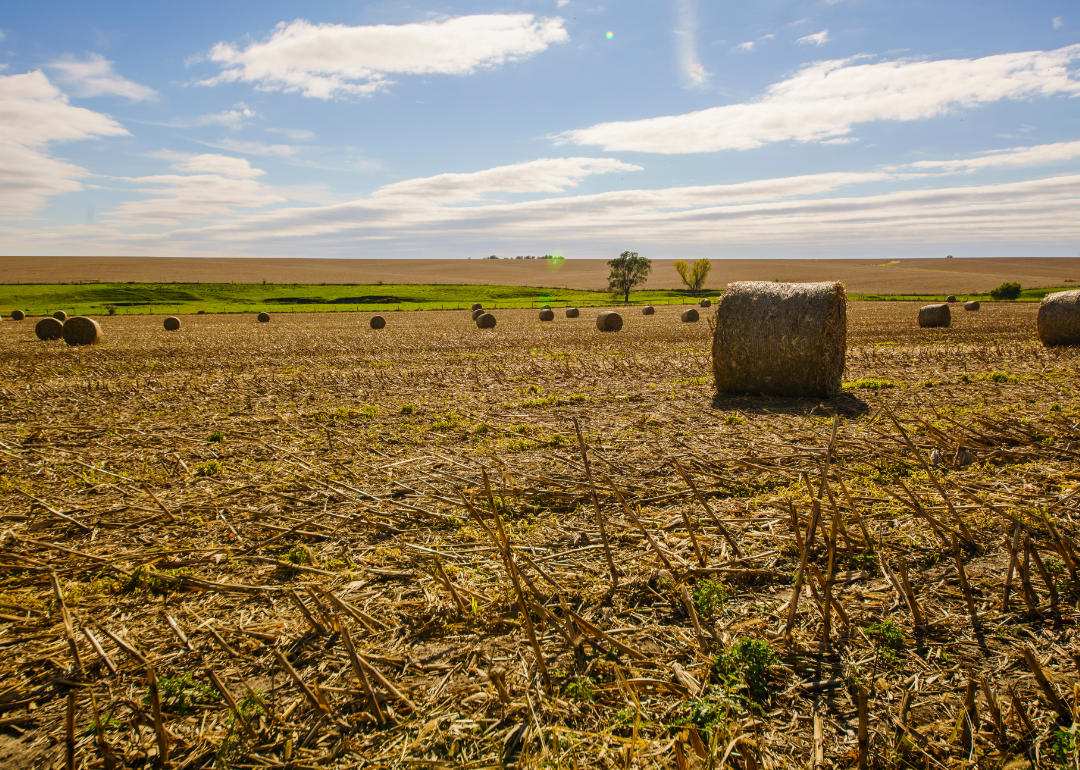
#23. Logan
- Farmland: 193,894 acres (1.9% of state total)
- Farms: 1,747
- Most common crop: Common soybeans (96,057 acres, 49.5% of county farmland)
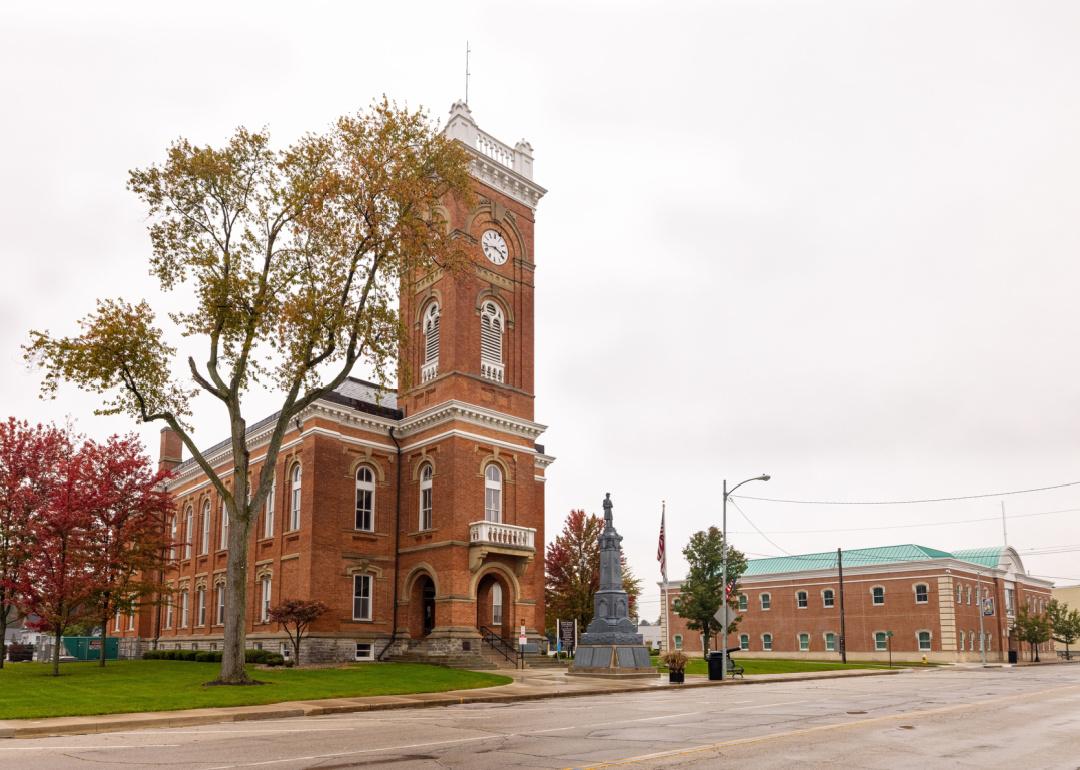
#22. Fulton
- Farmland: 196,939 acres (1.9% of state total)
- Farms: 1,993
- Most common crop: Common soybeans (92,654 acres, 47.0% of county farmland)
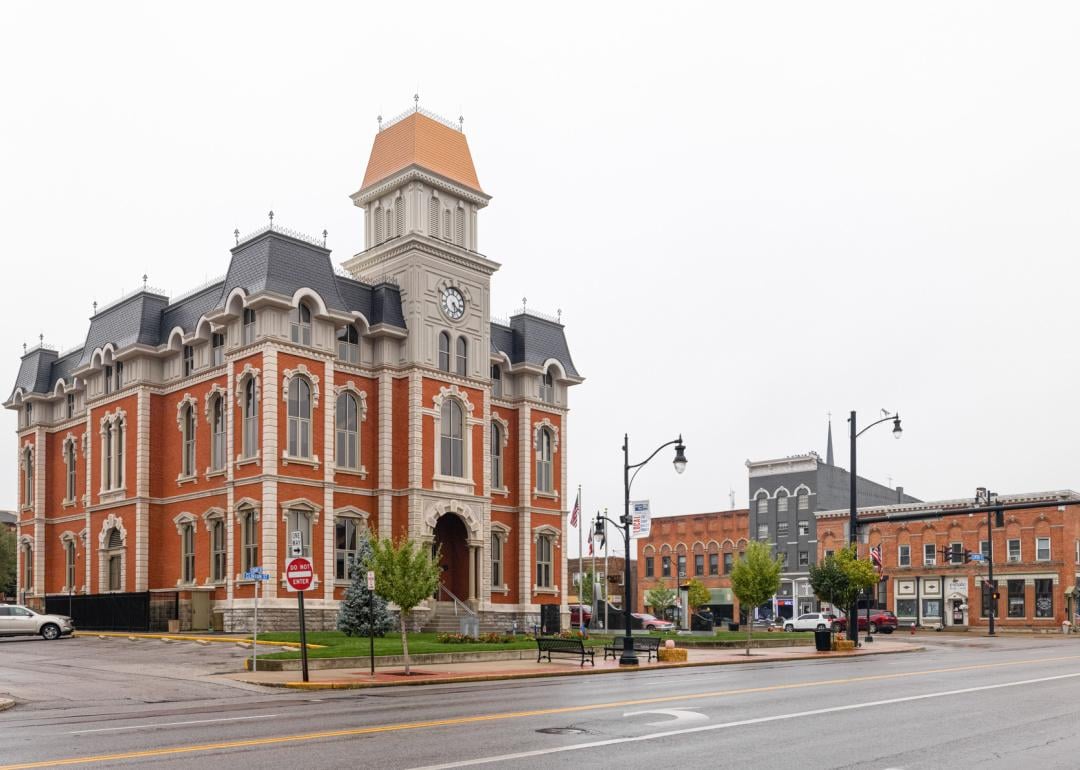
#21. Defiance
- Farmland: 197,051 acres (1.9% of state total)
- Farms: 2,390
- Most common crop: Common soybeans (111,527 acres, 56.6% of county farmland)
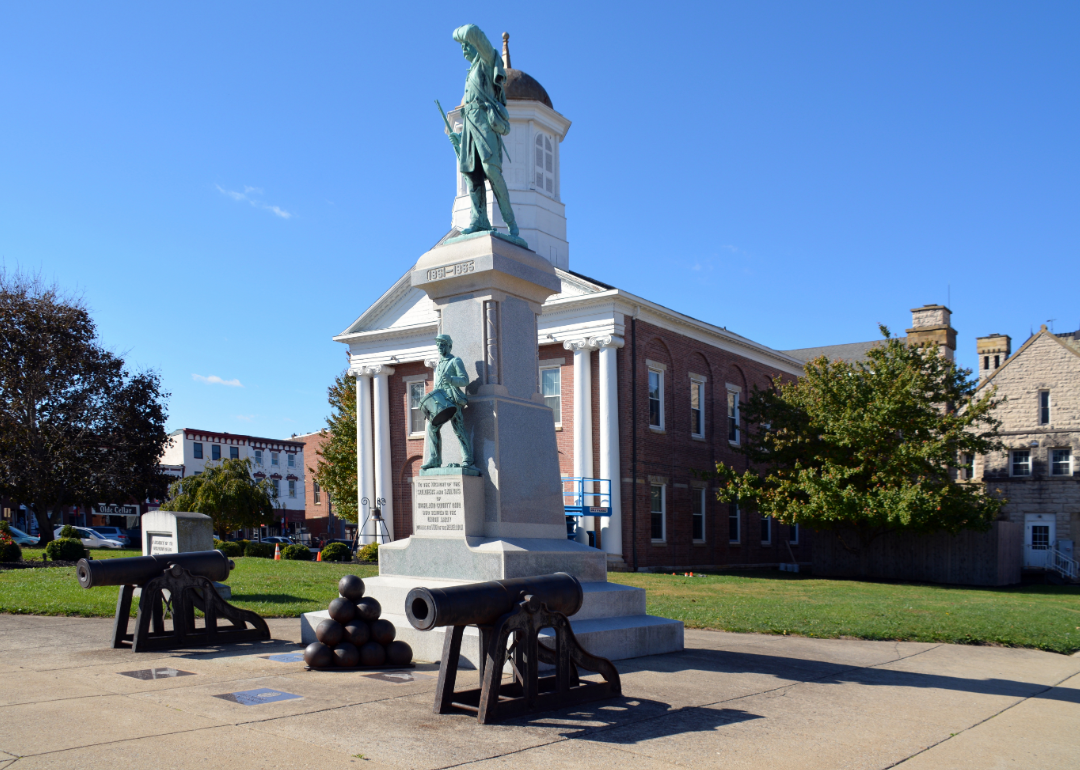
#20. Highland
- Farmland: 197,658 acres (1.9% of state total)
- Farms: 2,140
- Most common crop: Common soybeans (110,522 acres, 55.9% of county farmland)
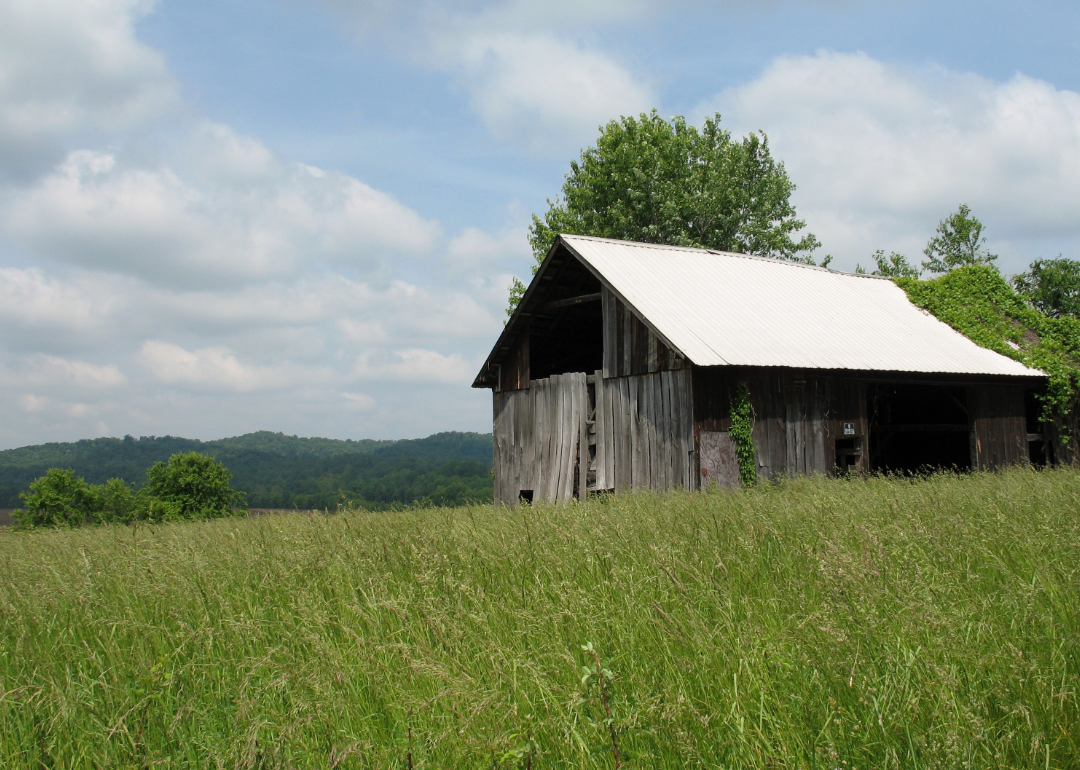
#19. Champaign
- Farmland: 200,577 acres (1.9% of state total)
- Farms: 1,802
- Most common crop: Common soybeans (90,899 acres, 45.3% of county farmland)
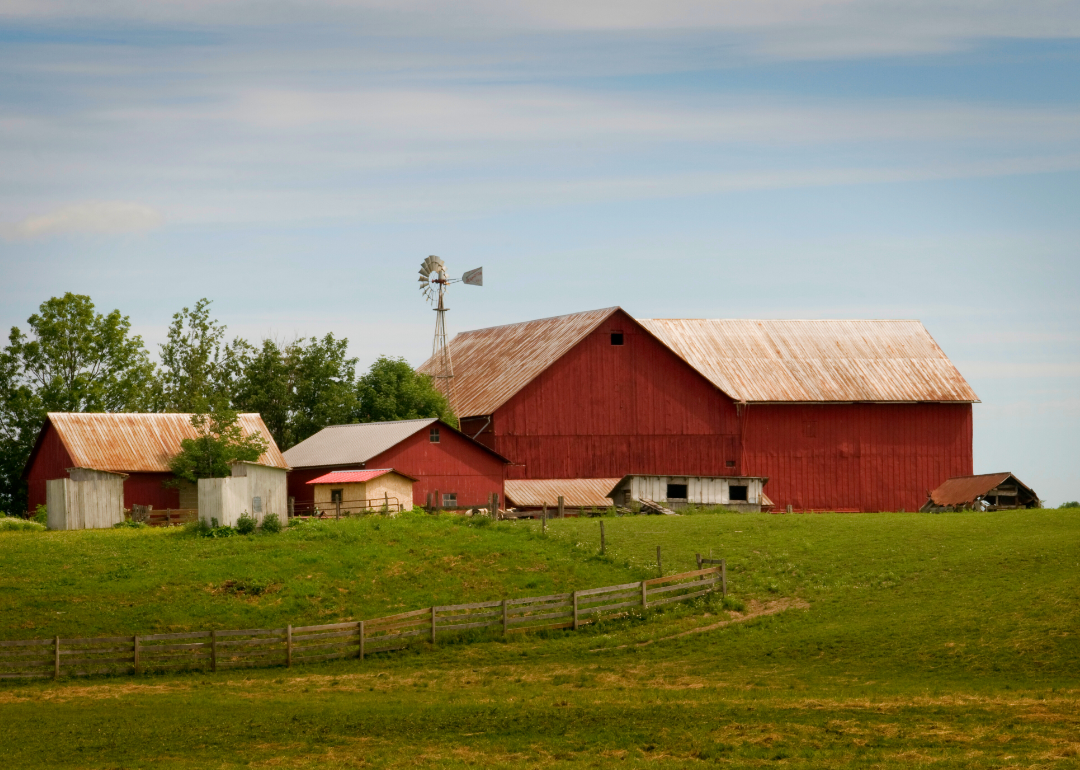
#18. Auglaize
- Farmland: 201,047 acres (1.9% of state total)
- Farms: 2,370
- Most common crop: Common soybeans (98,908 acres, 49.2% of county farmland)
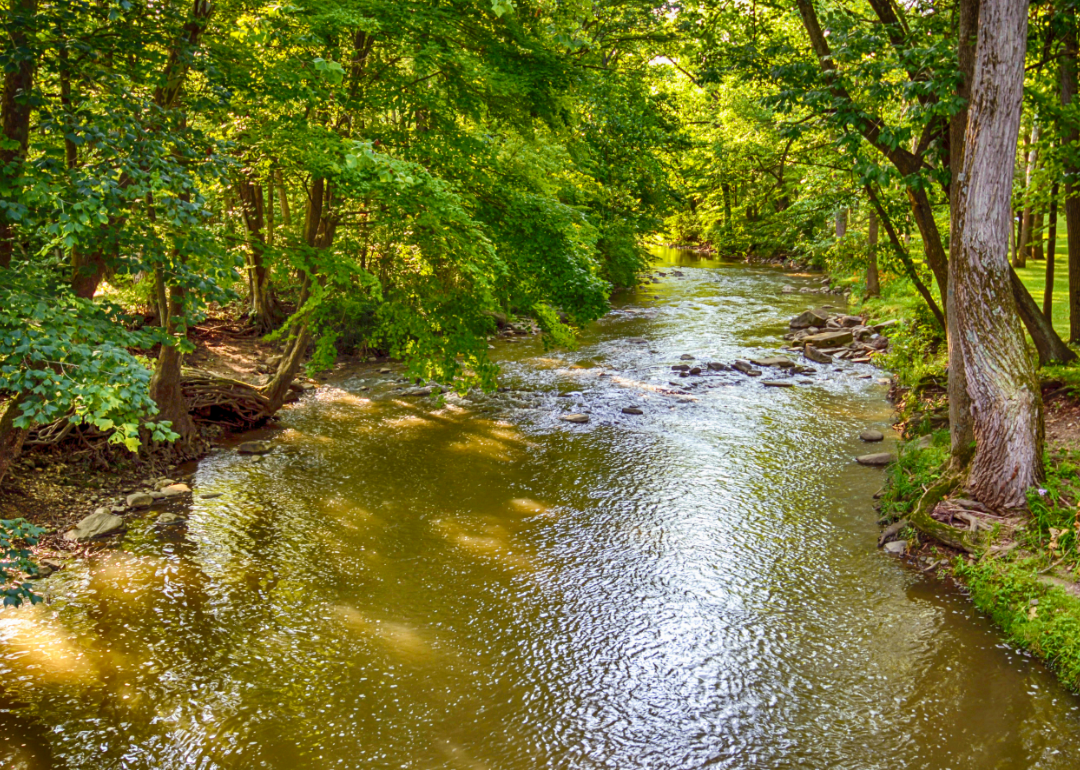
#17. Shelby
- Farmland: 205,239 acres (2.0% of state total)
- Farms: 2,113
- Most common crop: Common soybeans (101,385 acres, 49.4% of county farmland)
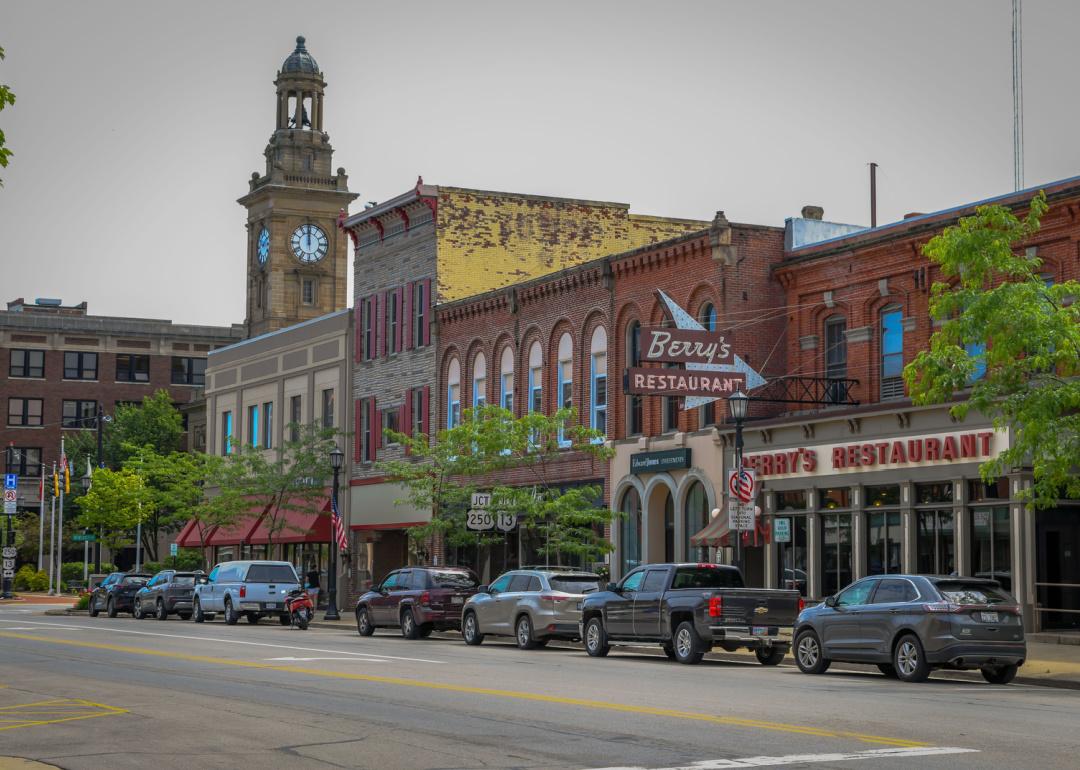
#16. Huron
- Farmland: 211,977 acres (2.1% of state total)
- Farms: 1,779
- Most common crop: Common soybeans (114,295 acres, 53.9% of county farmland)
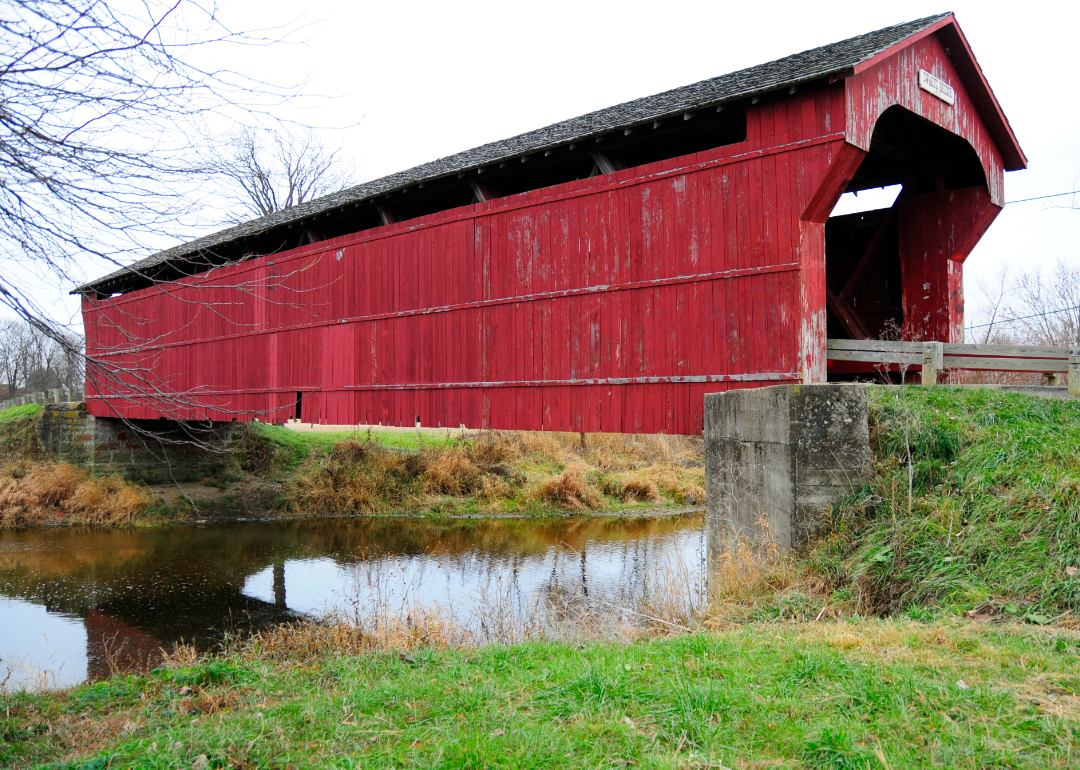
#15. Wyandot
- Farmland: 212,330 acres (2.1% of state total)
- Farms: 1,652
- Most common crop: Common soybeans (105,951 acres, 49.9% of county farmland)
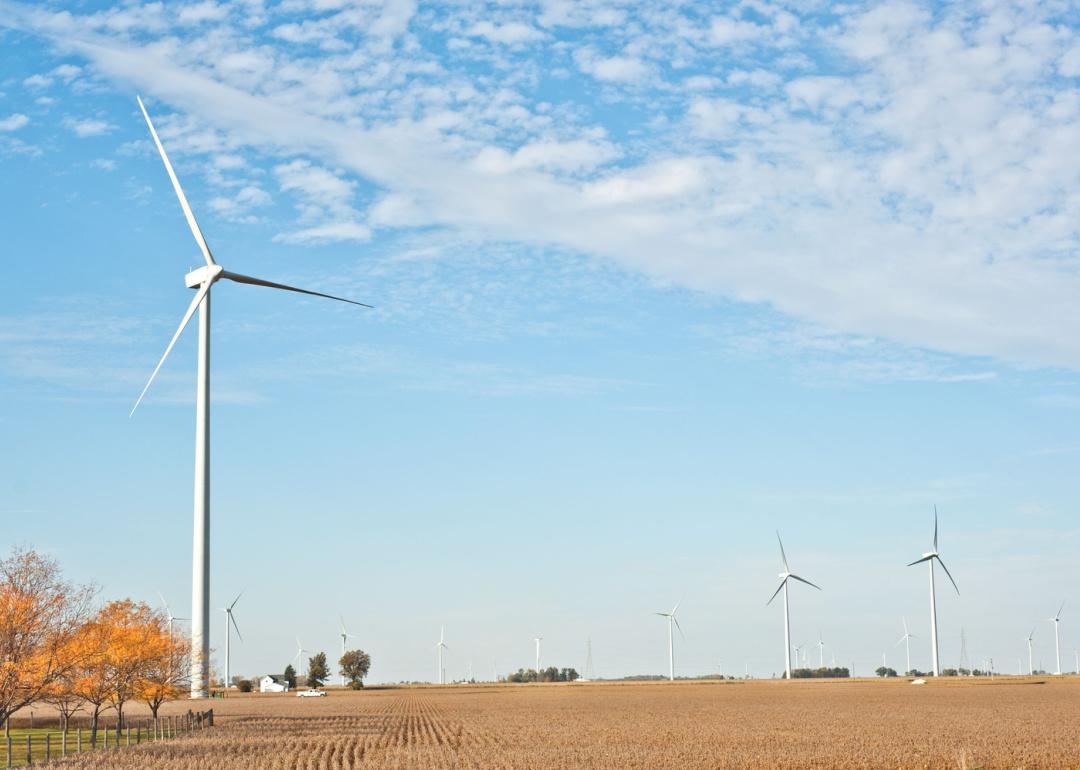
#14. Paulding
- Farmland: 216,131 acres (2.1% of state total)
- Farms: 1,842
- Most common crop: Common soybeans (128,209 acres, 59.3% of county farmland)
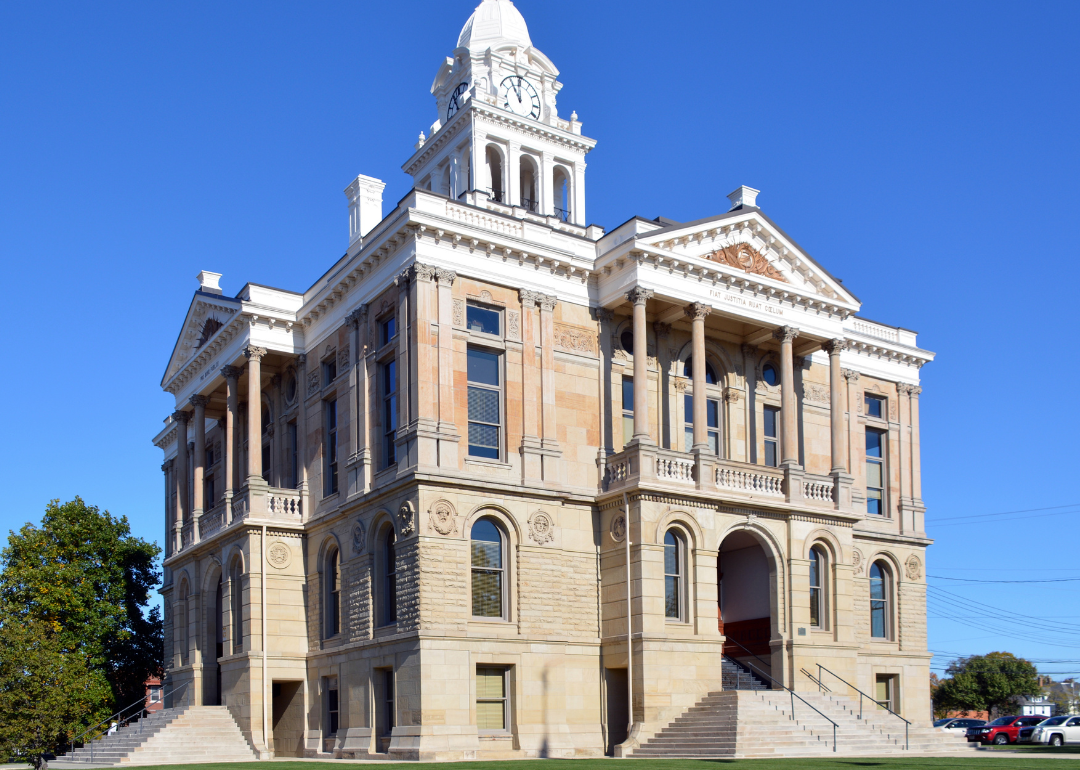
#13. Fayette
- Farmland: 220,138 acres (2.1% of state total)
- Farms: 1,327
- Most common crop: Common soybeans (114,584 acres, 52.1% of county farmland)
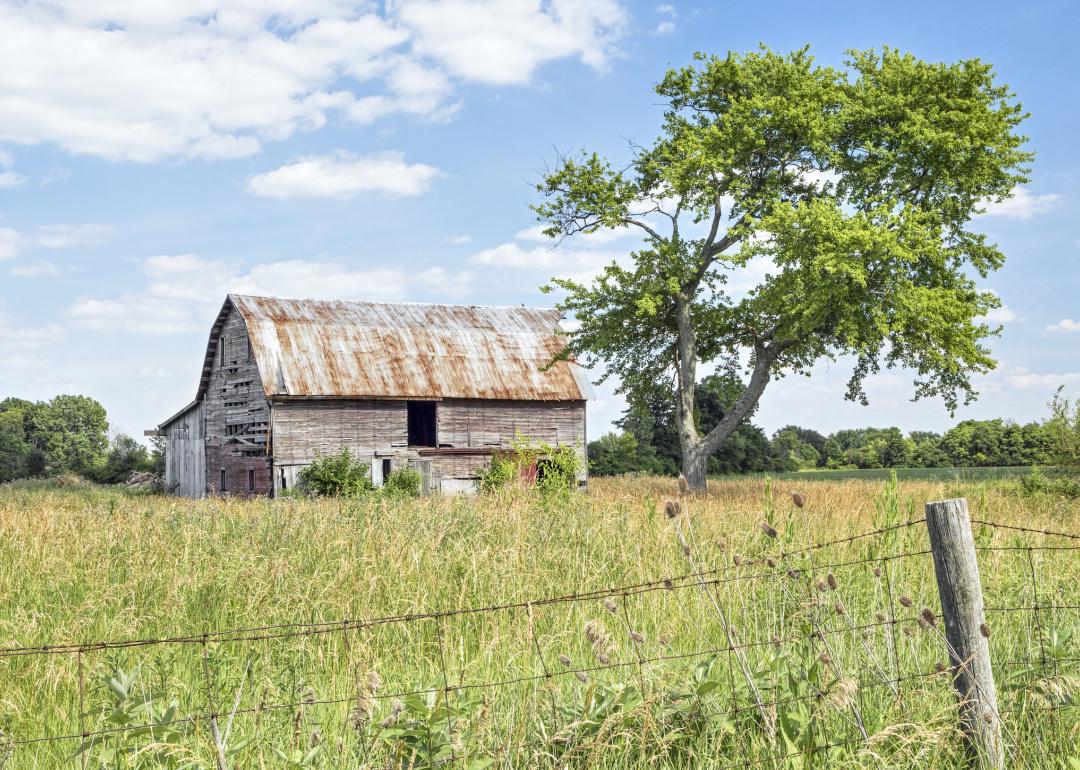
#12. Madison
- Farmland: 233,607 acres (2.3% of state total)
- Farms: 1,408
- Most common crop: Common soybeans (122,836 acres, 52.6% of county farmland)
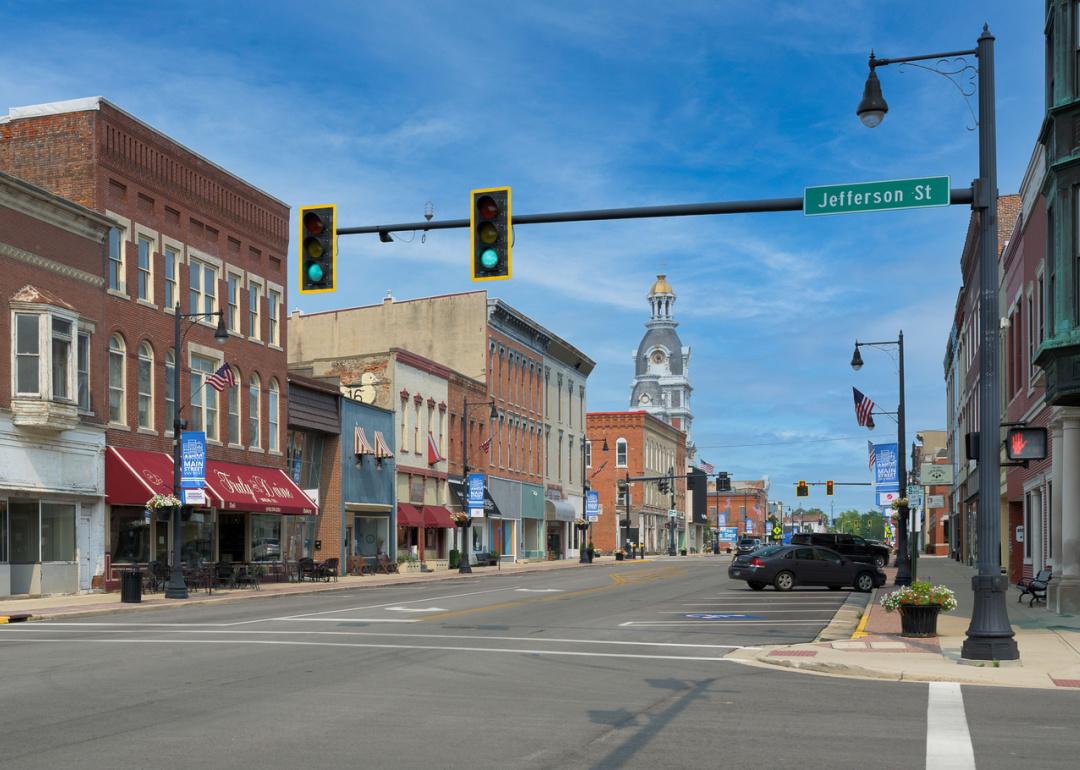
#11. Van Wert
- Farmland: 234,400 acres (2.3% of state total)
- Farms: 2,640
- Most common crop: Common soybeans (129,813 acres, 55.4% of county farmland)

#10. Henry
- Farmland: 234,984 acres (2.3% of state total)
- Farms: 2,493
- Most common crop: Common soybeans (111,091 acres, 47.3% of county farmland)

#9. Crawford
- Farmland: 240,619 acres (2.3% of state total)
- Farms: 1,937
- Most common crop: Common soybeans (112,314 acres, 46.7% of county farmland)
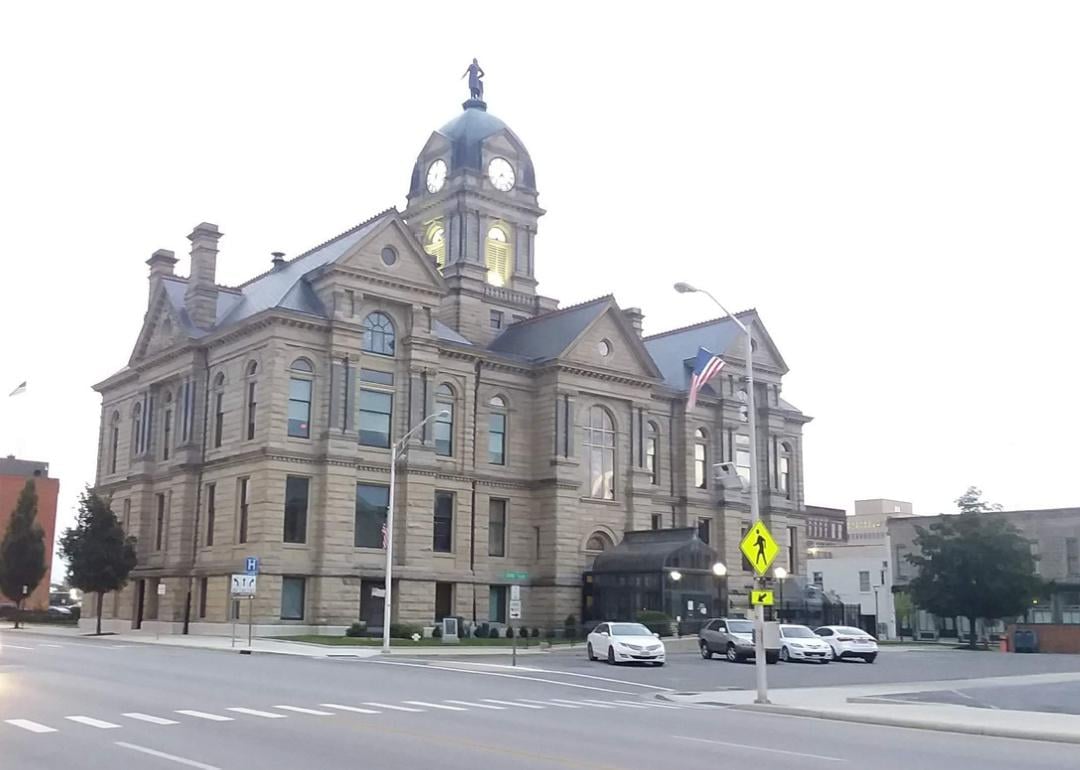
#8. Hancock
- Farmland: 250,944 acres (2.4% of state total)
- Farms: 2,861
- Most common crop: Common soybeans (137,047 acres, 54.6% of county farmland)
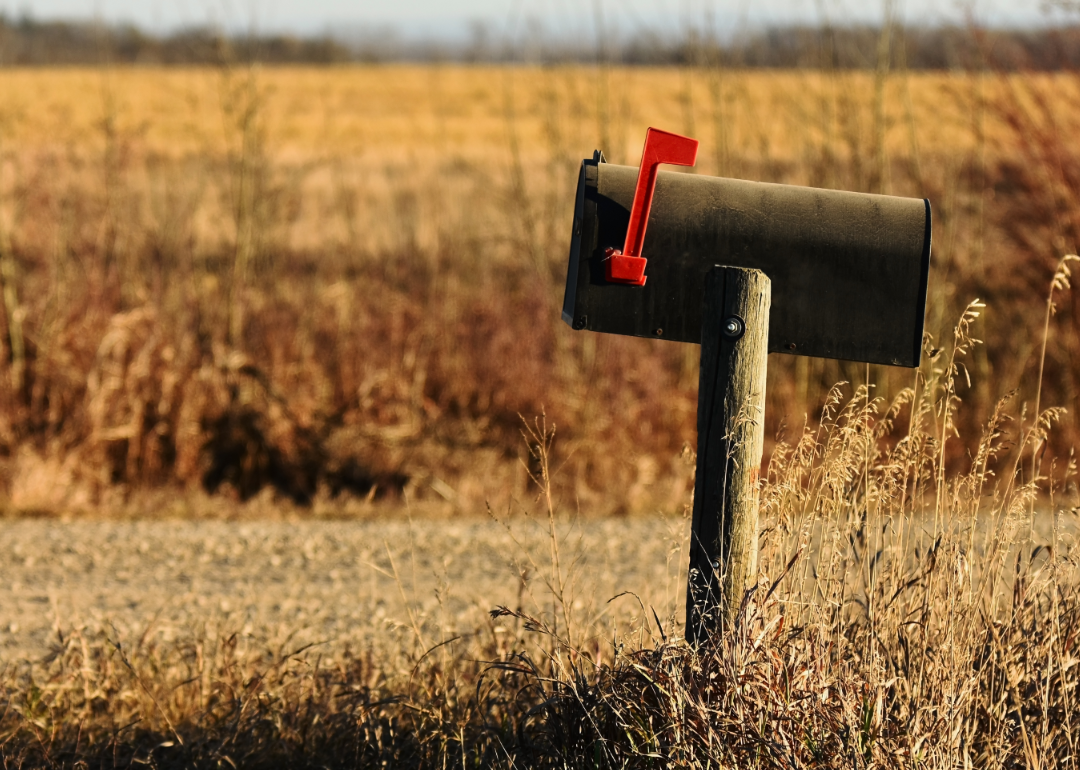
#7. Hardin
- Farmland: 251,902 acres (2.4% of state total)
- Farms: 1,956
- Most common crop: Common soybeans (122,899 acres, 48.8% of county farmland)
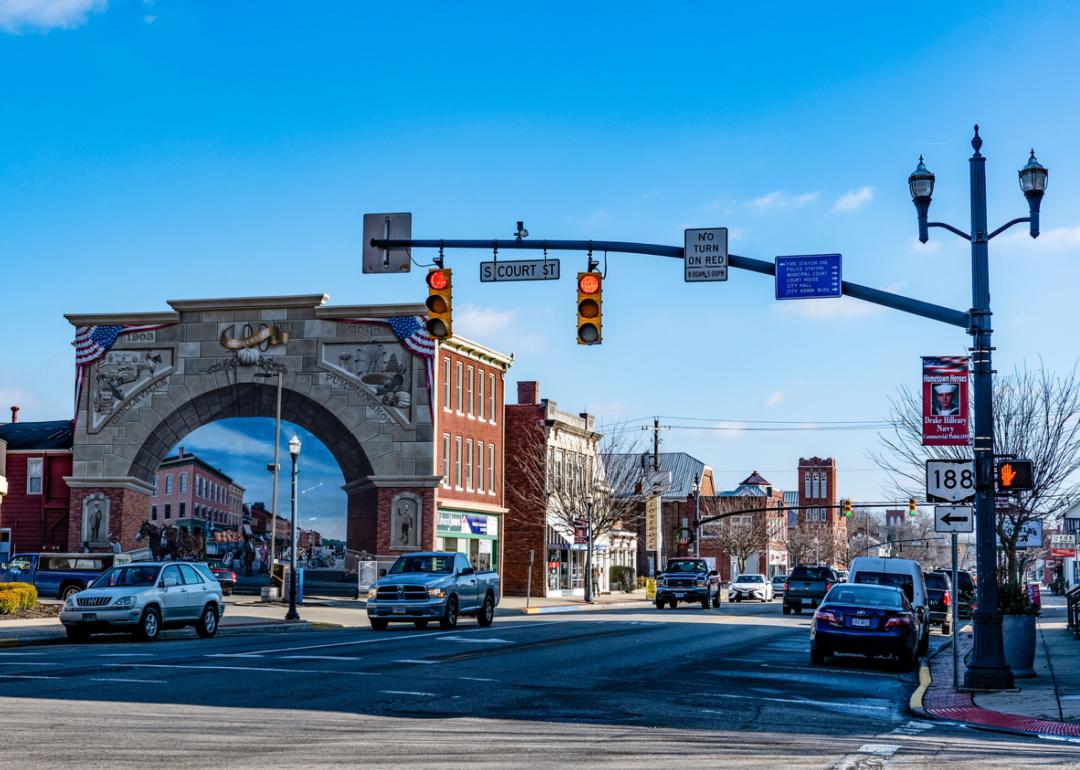
#6. Pickaway
- Farmland: 254,822 acres (2.5% of state total)
- Farms: 1,761
- Most common crop: Common soybeans (122,224 acres, 48.0% of county farmland)

#5. Seneca
- Farmland: 262,098 acres (2.5% of state total)
- Farms: 2,477
- Most common crop: Common soybeans (133,056 acres, 50.8% of county farmland)
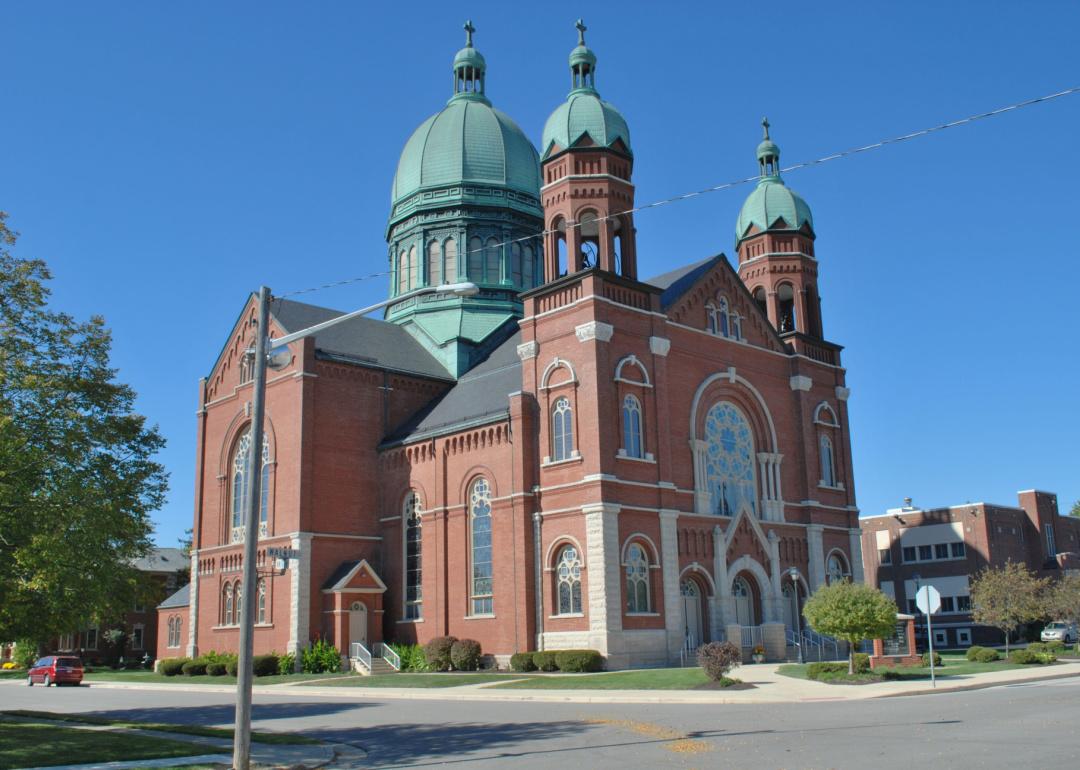
#4. Mercer
- Farmland: 275,187 acres (2.7% of state total)
- Farms: 2,970
- Most common crop: Common soybeans (117,047 acres, 42.5% of county farmland)

#3. Putnam
- Farmland: 276,899 acres (2.7% of state total)
- Farms: 3,144
- Most common crop: Common soybeans (144,242 acres, 52.1% of county farmland)

#2. Wood
- Farmland: 306,467 acres (3.0% of state total)
- Farms: 3,527
- Most common crop: Common soybeans (166,317 acres, 54.3% of county farmland)

#1. Darke
- Farmland: 308,012 acres (3.0% of state total)
- Farms: 3,831
- Most common crop: Common soybeans (146,699 acres, 47.6% of county farmland)



